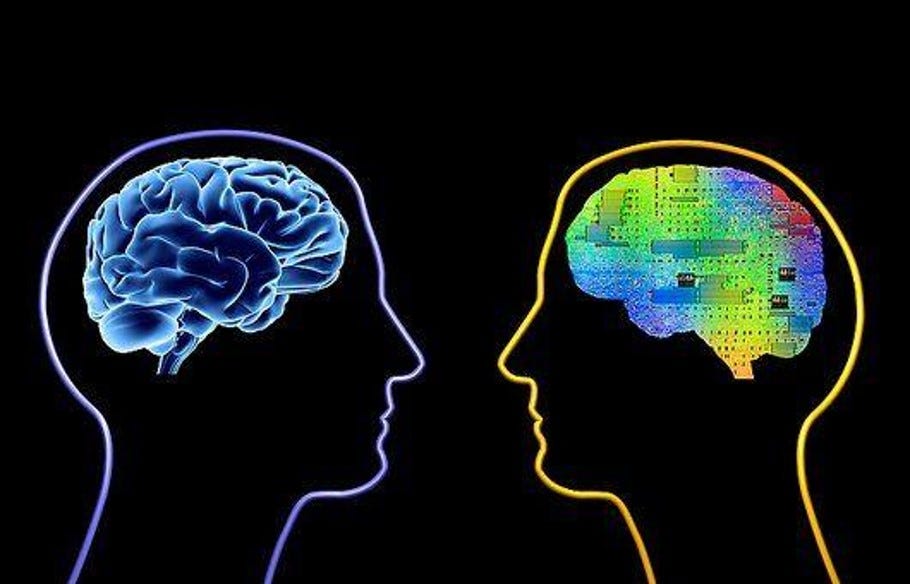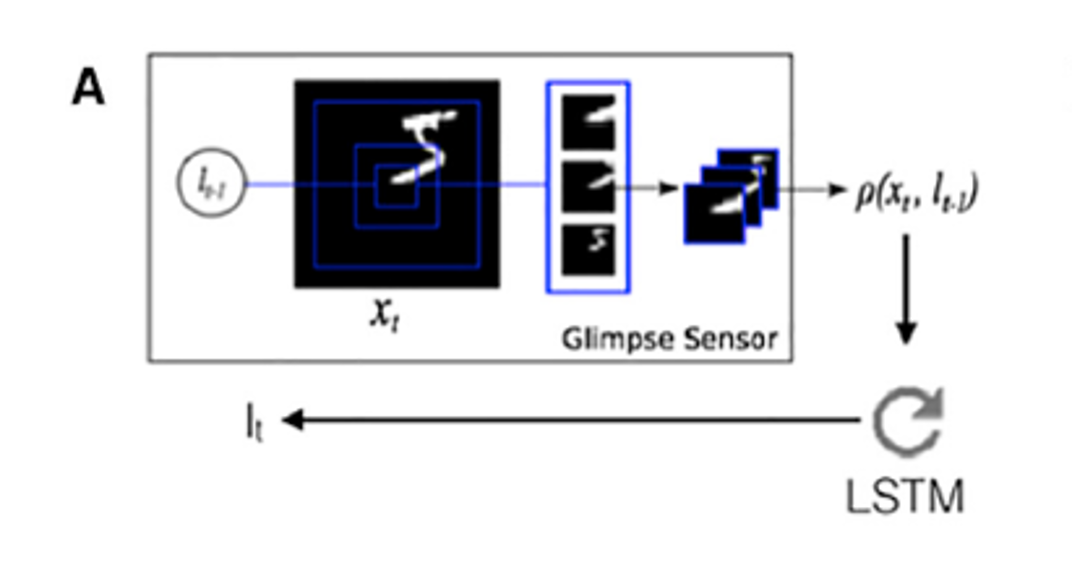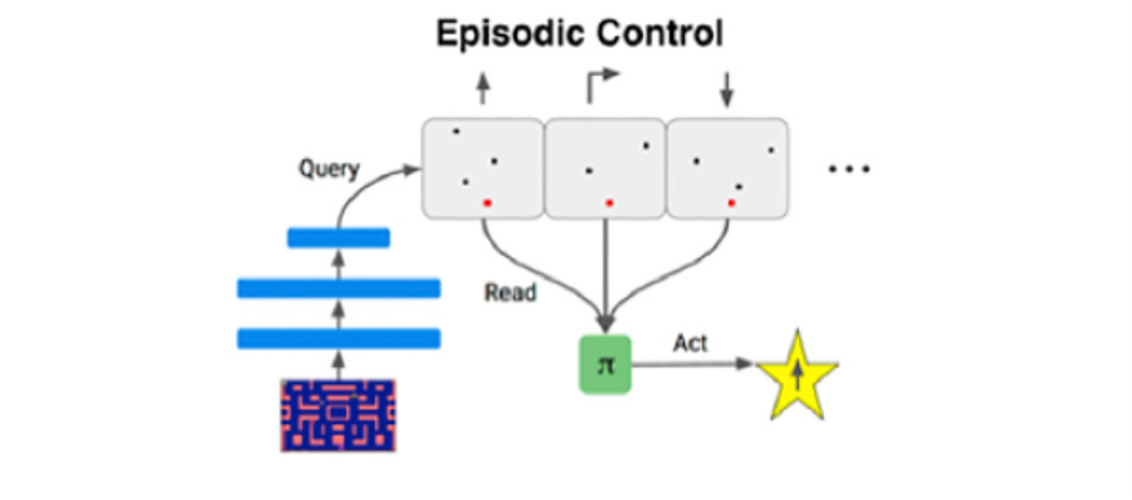Beyond Neurons: Five Cognitive Functions of the Human Brain that we are Trying to Recreate with Artificial Intelligence
The quest for recreating cognitive capabilities of the brain in deep neural networks remains one of the elusive goals of AI. Let’s explore some human cognitive skills that are serving as inspiration to a new generation of AI techniques.

The human brain has been the main inspiration for artificial intelligence (AI) researchers for decades. The quest for recreating cognitive capabilities of the brain in deep neural networks remains one of the elusive goals of AI. From that perspective, the intersection of AI and neuroscience could be considered one of the most fascinating areas of research in modern science. However, most of the current work in neural networks has been constrained to emulate the synaptic connections between neurons in the different cortex of the brain. As neural network evolves, other human cognitive skills that are becoming increasingly relevant.
Conceptually, recreating human cognitive functions should be based on assembling neural network architectures that simulate the neuronal connections powering those functions in the brain. While that statement sounds incredibly reasonable, it has proven to be an incredibly daunting task considering that neuroscientists are still struggling trying to understand the cognitive mechanism that power the magic of our brains. Despite the challenges, we are seeing more AI research and implementation algorithms that are inspired by specific cognition mechanisms in the human brain and that have been producing incredibly promising results. Alphabet’s subsidiary DeepMind has been one of the most active firms working on the intersection of AI and neuroscience.
Talking about the connections between the human brain and AI might sound like a trivial topic to many. After all, most people understand that most foundational concepts in AI such as neural networks have been inspired by the architecture of the human brain. However, beyond that high level statement, the relationship between the popular AI/deep learning models we use everyday and neuroscience research is not so obvious. Let’s explore some human cognitive skills that are serving as inspiration to a new generation of AI techniques.
Cognitive Skills that we are Trying to Recreate with AI
The formation of knowledge is not a well understood process. Besides the fact that knowledge manifests itself as connections between neurons, there are different cognitive skills that help to complement how knowledge is captured and developed. In its never ending quest to emulate human cognition, AI has started trying to recreates some of these cognitive functions of the brain.
Attention
Attention is one of those magical capabilities of the human brain that we don’t understand very well. What brain mechanisms allow us to focus on a specific task and ignore the rest of the environment? Attentional mechanisms have become a recent source of inspiration in deep learning models such as convolutional neural networks(CNNs) or deep generative models. For instance, modern CNN models have been able to get a schematic representation of the input and ignore irrelevant information improving their ability of classifying objects in a picture.

Episodic Memory
When you remember autobiographical events such as events or places we are using a brain function known as episodic memory. This mechanism is most often associated with circuits in the medial temporal lobe, prominently including the hippocampus. Recently, AI researchers have try to incorporate methods inspired by episodic memory into reinforcement learning(RL) algorithms to episodic control. These networks store specific experiences (e.g., actions and reward outcomes associated with particular Atari game screens) and select new actions based on the similarity between the current situation input and the previous events stored in memory, taking the reward associated with those previous events into account.

Continual Learning
As humans we have the ability to learn new tasks without forgetting previous knowledge. Neural networks, in contrast suffer from what is known as the problem of catastrophic forgetting. This occurs, for instance, as the neural network parameters shift toward the optimal state for performing the second of two successive tasks, overwriting the configuration that allowed them to perform the first.
One of the recent deep learning techniques inspired by the field of continual learning is known as ‘‘elastic’’ weight consolidation (EWC) . This new method acts by slowing down learning in a subset of network weights identified as important to previous tasks, thereby anchoring these parameters to previously found solutions. This allows multiple tasks to be learned without an increase in network capacity, with weights shared efficiently between tasks with related structure. In this way, the EWC algorithm allows deep RL networks to support continual learning at large scale.

Imagination and Planning
One of my favorite definitions of consciousness is related to the ability of humans( and other species) to forecast and think about the future. Most deep learning systems remain operate in incredibly reactive modes that makes it impossible to plan for longer term outcomes. New areas of AI research have focused on simulation-based planning applied to deep generative models. In particular, recent work has introduced new architectures that have the capacity to generate temporally consistent sequences of generated samples that reflect the geometric layout of newly experienced realistic environments, providing a parallel to the function of the hippocampus in binding together multiple components to create an imagined experience that is spatially and temporally coherent.

Inference
Human cognition is notorious for its ability to learn new concepts by drawing inspiration from previous knowledge through inductive inferences. Contrary to that, deep learning systems rely on massive amounts of training data to master the simplest of tasks. Recent work in structured probabilistic methods and deep generative models have started to incorporate brain-inspired inference mechanisms in AI programs. The classes of models can make inferences about a new concept despite a poverty of data and generate new samples from a single example concept, The rapidly growing field of meta-learning is another AI area of research inspired by the inference abilities of the human brain.

The intersection of neuroscience and AI research is likely to power some of the most fascinating technology developments of the next decade. Somewhat counterintuitively, we should think about link between AI and neuroscience as a bi-directional relationship. While the human brain is certainly an inspiration for neural network architectures, advancements in AI are helping neuroscientists better understand obscure areas of the brain. Certainly, the new generation of neural networks is rapidly expanding beyond basic connections between neurons and recreating some of the core building blocks of human intelligence.
Original. Reposted with permission.
Related:
- Introducing AI Explainability 360: A New Toolkit to Help You Understand what Machine Learning Models are Doing
- The Death of Centralized AI and the Rise of Open AI
- Intelligence and Cognition: I Do Not Think They Mean What You Think They Mean
